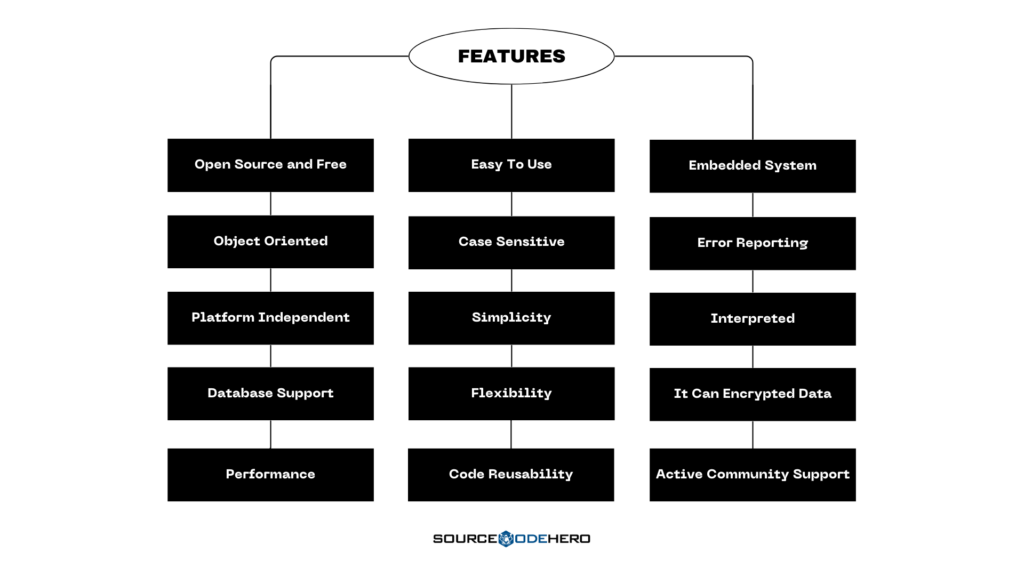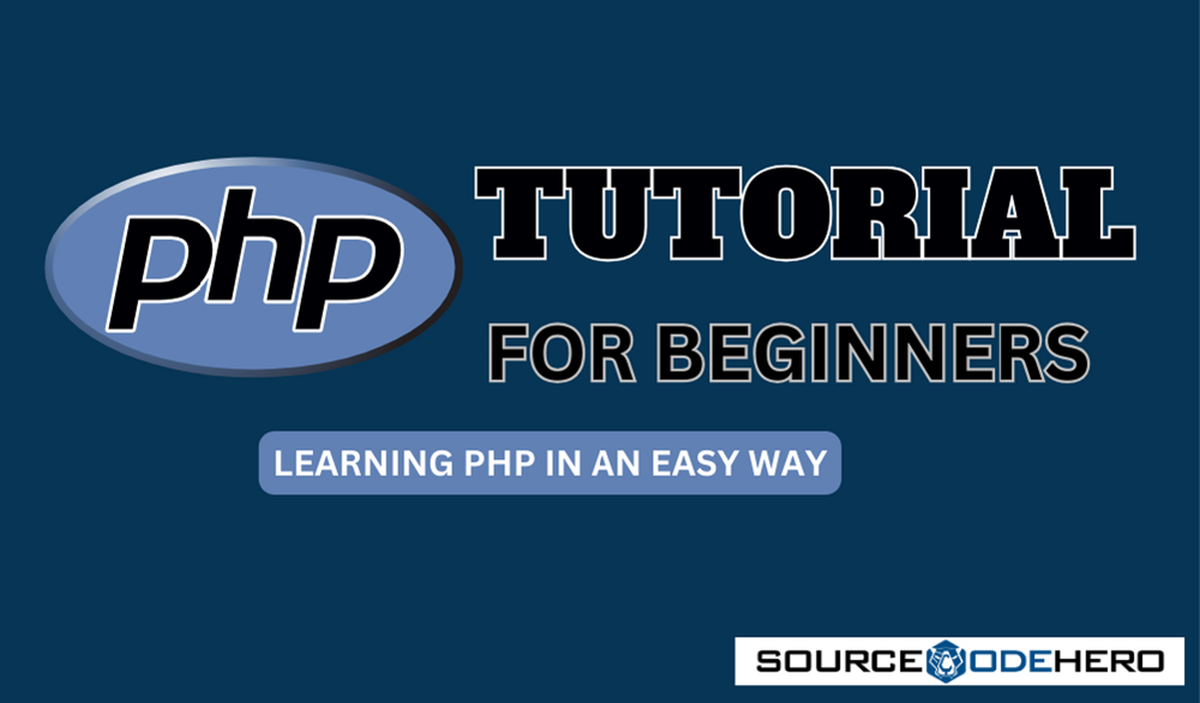What is PHP?
PHP stands for “Hypertext Preprocessor” and it is a free open-source scripting language mainly used for building dynamic and interactive web pages and can be embedded into HTML.
PHP is an object-oriented language that is easy to learn.
Important characteristics of PHP
- Open source
- Flexible
- Familiarity
- Efficiency
- Speed
- Simplicity
- Low cost
- Performance
- Platform independent
- Database connectivity
What are the Advantages of using PHP?
- Easy to learn and use:
One of the easier programming languages to learn.
It has a simple syntax which makes it easy for beginners to start coding in PHP quickly. - Open-Source and Free:
This server-side scripting doesn’t require any fee.
This open-source language can use frameworks, syntax, libraries, databases, and all its functionalities for free. - Familiarity with Syntax:
Most programmers are familiar with and comfortable using this programming language because of its compelling and easily understandable syntax. - Large and Active Community:
This community provides a lot of resources, including documentation, tutorials, and libraries that make it easier for developers and beginners to build applications in PHP. - Flexible Development:
This feature provides an easy connection to a database through its built-in functionalities.
It is highly flexible and works with various relational database management systems such as Firebird, MySQL, Oracle, ODBC, PostgreSQL, Inter Base, Front Base, SQLite, etc.
Additional Advantages of PHP in Web Development:
- Gives Web Developer More Control
- Embedded
- Scalability
- Community Support
- Platform Independent
- Easy Integration and Compatibility
- Efficient Performance
Features of PHP
Here are the following features of PHP:

What can PHP do?
PHP can:
- generate dynamic page content.
- create, open, read, write, delete, and close files on the server.
- collect form data.
- send and receive cookies.
- add, delete, and modify data in your database.
- control user access.
- encrypt data.
- support most of the web servers today.
- used on all major operating systems.
Example Code of PHP Programming Language
Here’s an example program on how to print or display “Welcome To Source Code Hero” using PHP Programming Language.
To run your code, first, set a file and name it as .php, for example, a filename “index.php”.
Example of PHP code:
<html>
<head>
<title>Sourcecodehero</title>
</head>
<body>
<?php
echo "Welcome To Source Code Hero.";
?>
</body>
</html>Output:

PHP Fundamentals
Here are the Other latest PHP Tutorials providing an example program for beginners who want to learn programming, especially PHP.
- Introduction To PHP Programming
- Setup PHP Development Environment
- PHP Basic Syntax
- PHP Variable Types
- Constants In PHP
- Types Of Operators In PHP
- Decision-Making In PHP
- Types Of Loops In PHP
- PHP Arrays
- PHP String
- PHP Web Concepts
- GET and POST Method PHP
- File Inclusion In PHP
- PHP File IO
- PHP Function
- PHP Cookies
- PHP Session
- Send Email With PHP
- PHP File Upload
- PHP Coding Standards
Prerequisites
To learn PHP programming language.
First, you have a basic understanding or knowledge of at least one programming language like HTML, CSS, JavaScript, Laravel, and Databases or more database platforms that can help you understand what PHP does for websites.
Conclusion
We have completed discussing the PHP tutorials for beginners and its basic example code.
We learned what is PHP, its importance, its features, what PHP can do, and so on.
If you have more questions or suggestions about this topic “The PHP tutorials for beginners,“ just kindly comment below. Thank You!!
